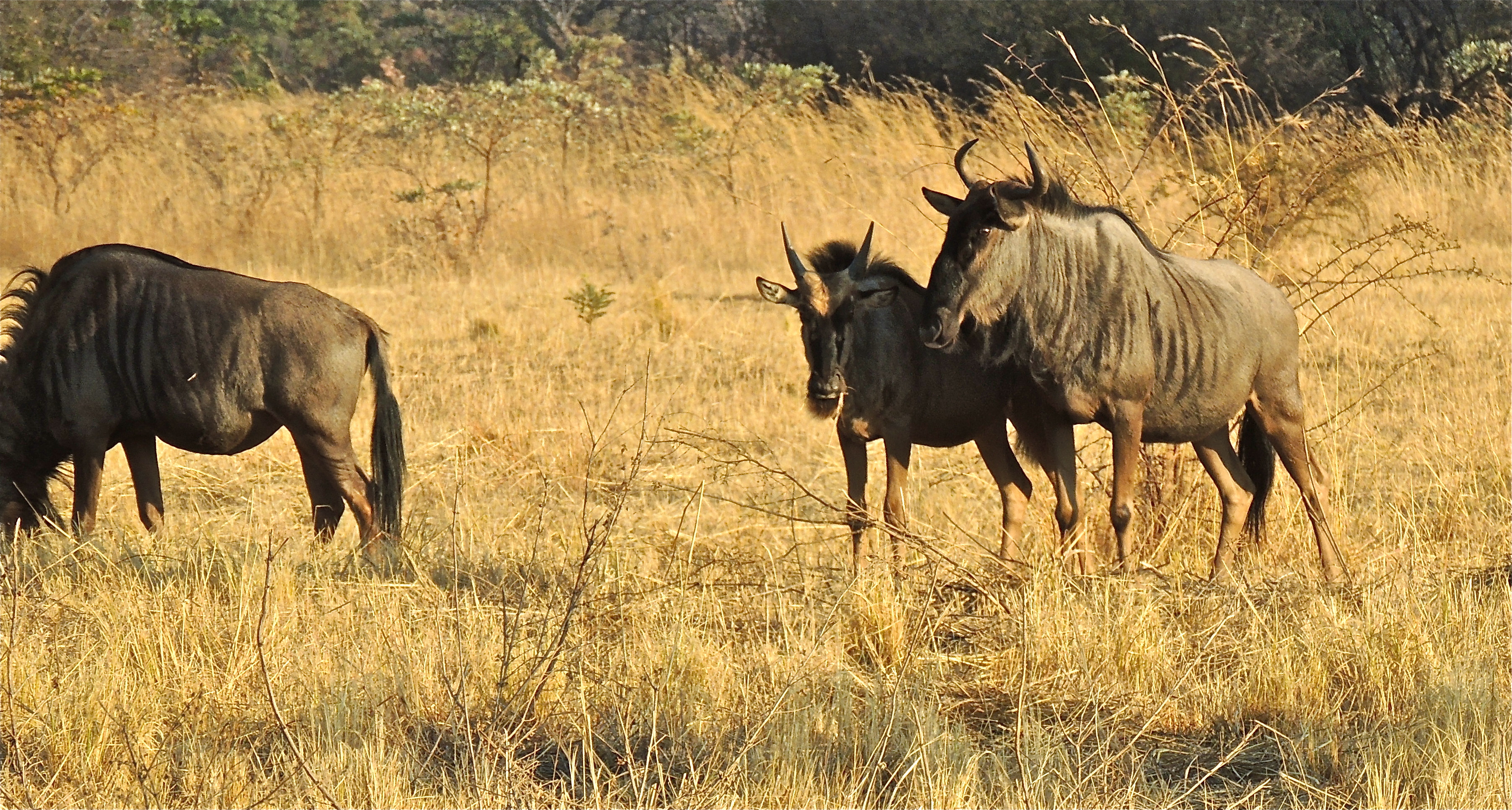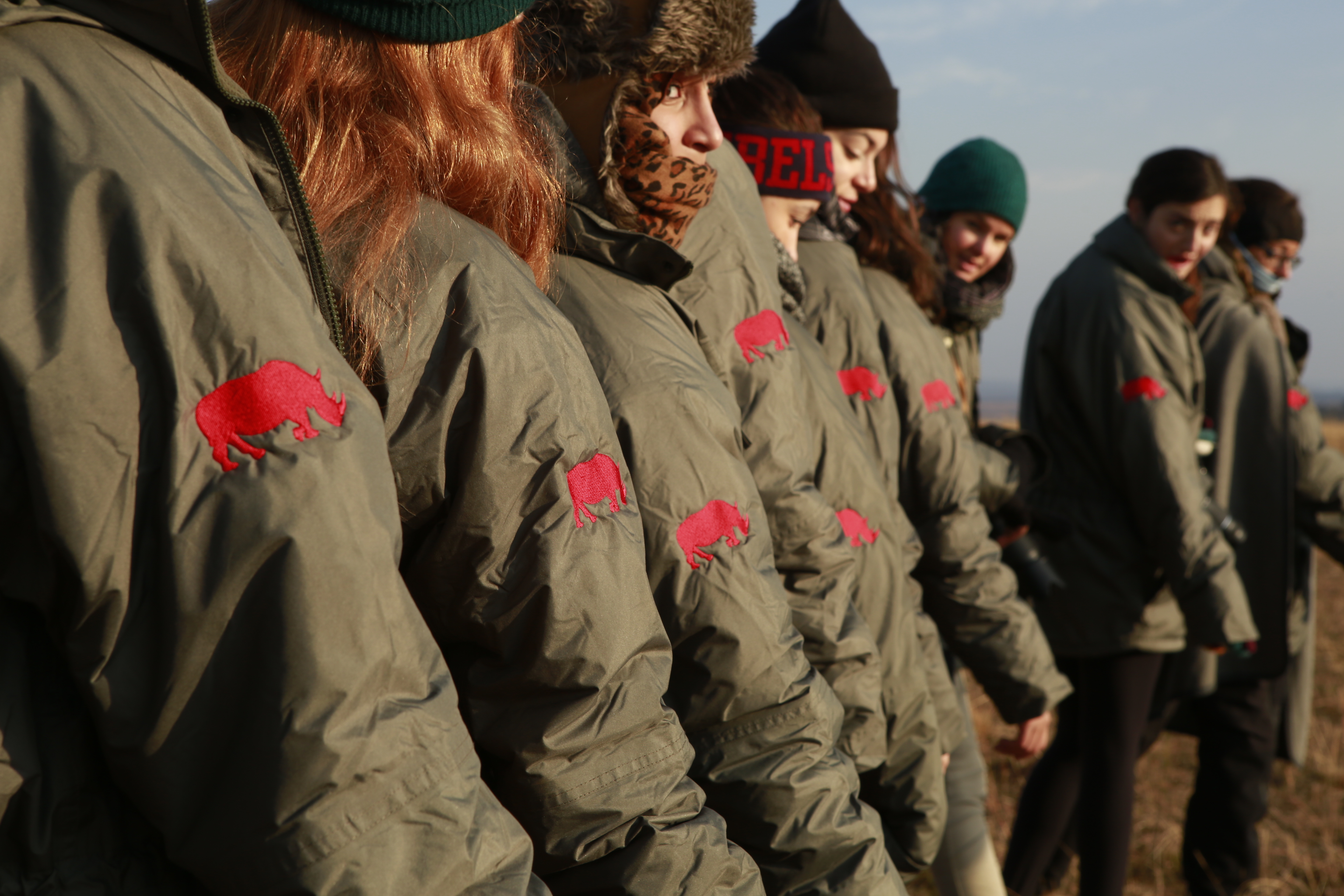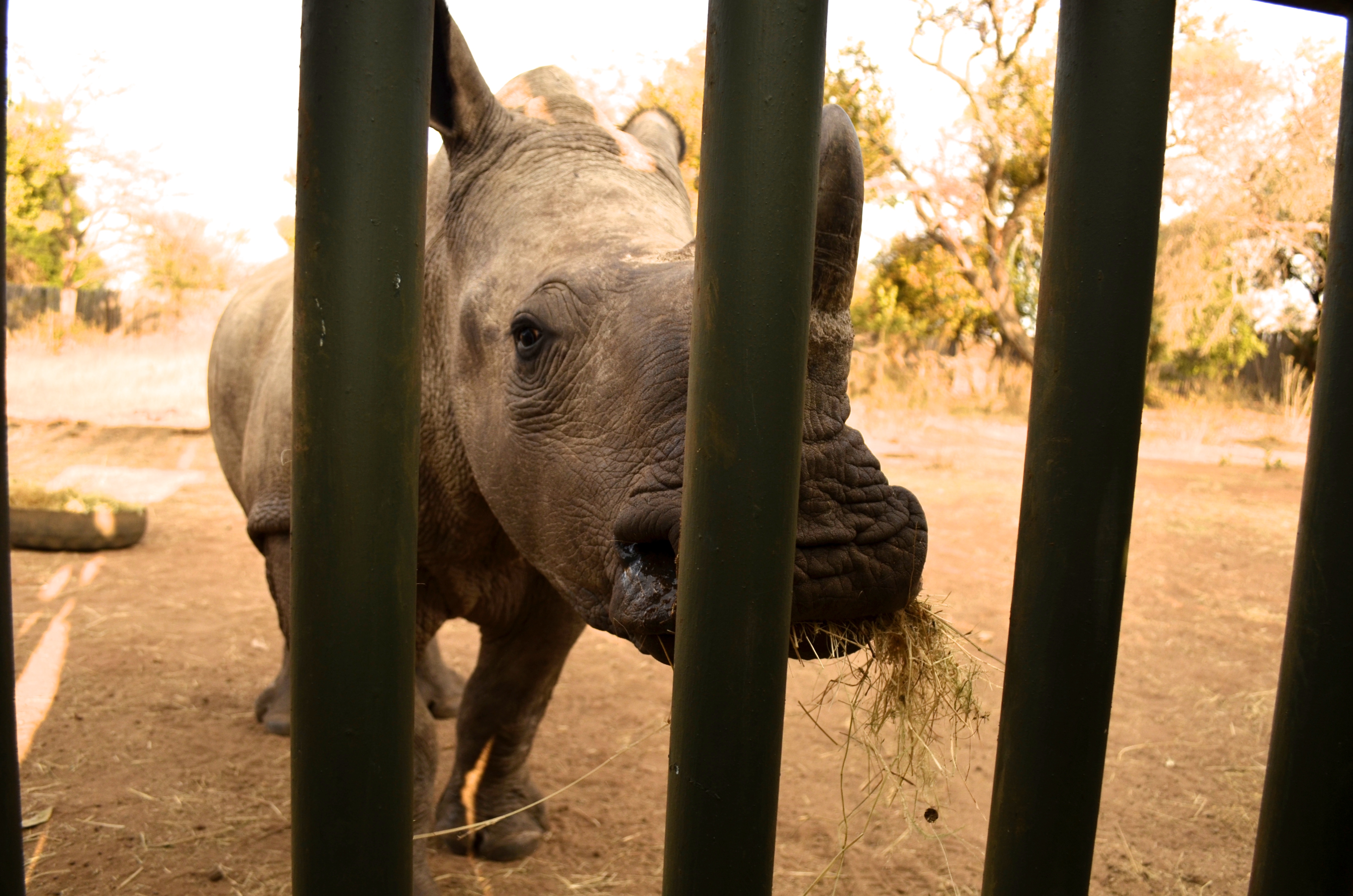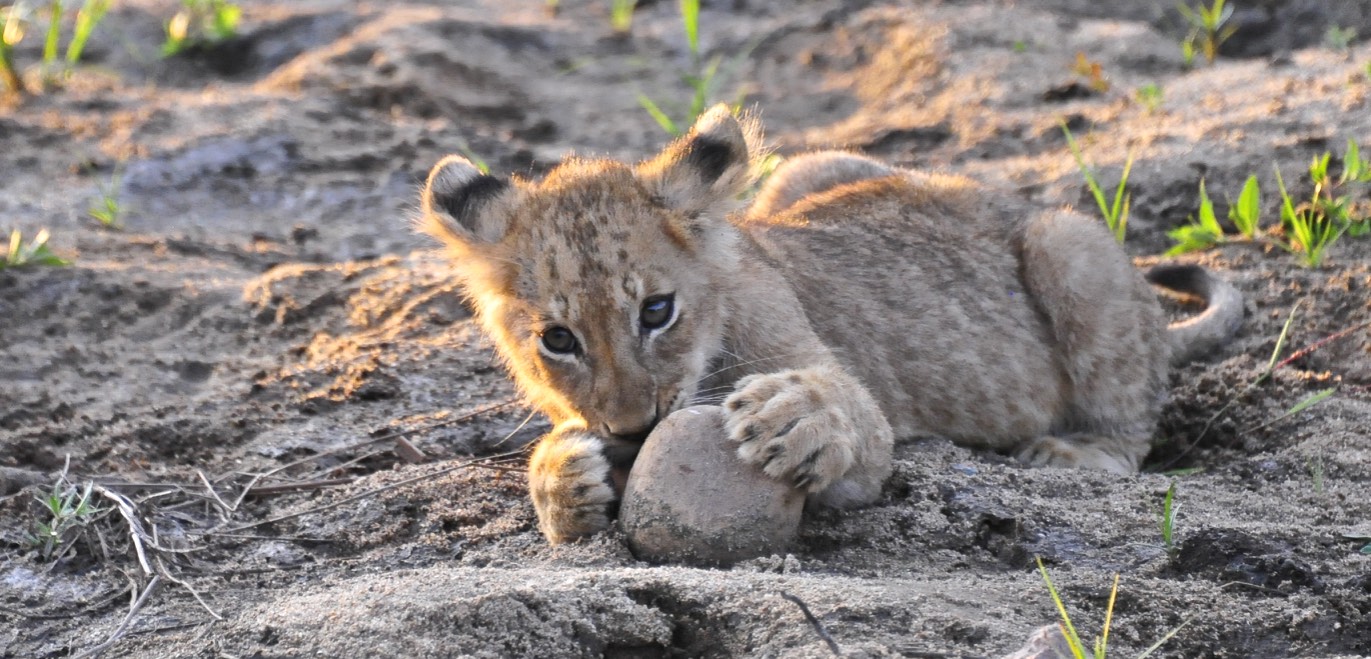Inside the Mind of a Poacher
Say you are on a safari with your family. You are in the wild, surrounded by the beautiful South African savannah, and you notice on the horizon a female white rhino and her calf sauntering towards your vehicle, grazing as they go. Maybe you see their beauty, maybe you are afraid of their power, or maybe you just see this little creature traipsing about its disinterested mother. You take a photo, cherish the beauty you were lucky enough to witness, and drive away. Now say you are a poacher. Standing in front of you, assault rifle and machete in hand, all you see is a $200,000 dollar keratin horn. Having studied the beast you know exactly where to place your shots and deliver those immobilizing blows. You sneak up and position yourself for that perfect shot. As soon the deafening bang of your rifle breaks the savannah’s sweet silence you jump out at the dazed mother, slashing wildly at its spine. Terrified and confused the mother frantically swings her head looking for her baby, growing weaker and weaker as you persistently chop at her back. Finally, the giant collapses and you step back breathlessly, your heart pounding with triumphant adrenaline. Not wasting any time, you move to its face and begin hacking mercilessly at the living rhino’s snout, harvesting as much of the precious horn as possible. You deliver the final blow, releasing the horn. Deaf to the mother’s groans of pain you drop your machete, lift up your gory prize with a smile on your blood spattered face, and disregard the faceless animal painfully struggling with every breath it takes. You hop in your car and flee the scene leaving the baby rhino nudging at its unrecognizable mother, crying for her to get up again.Continue reading “Inside the Mind of a Poacher”









